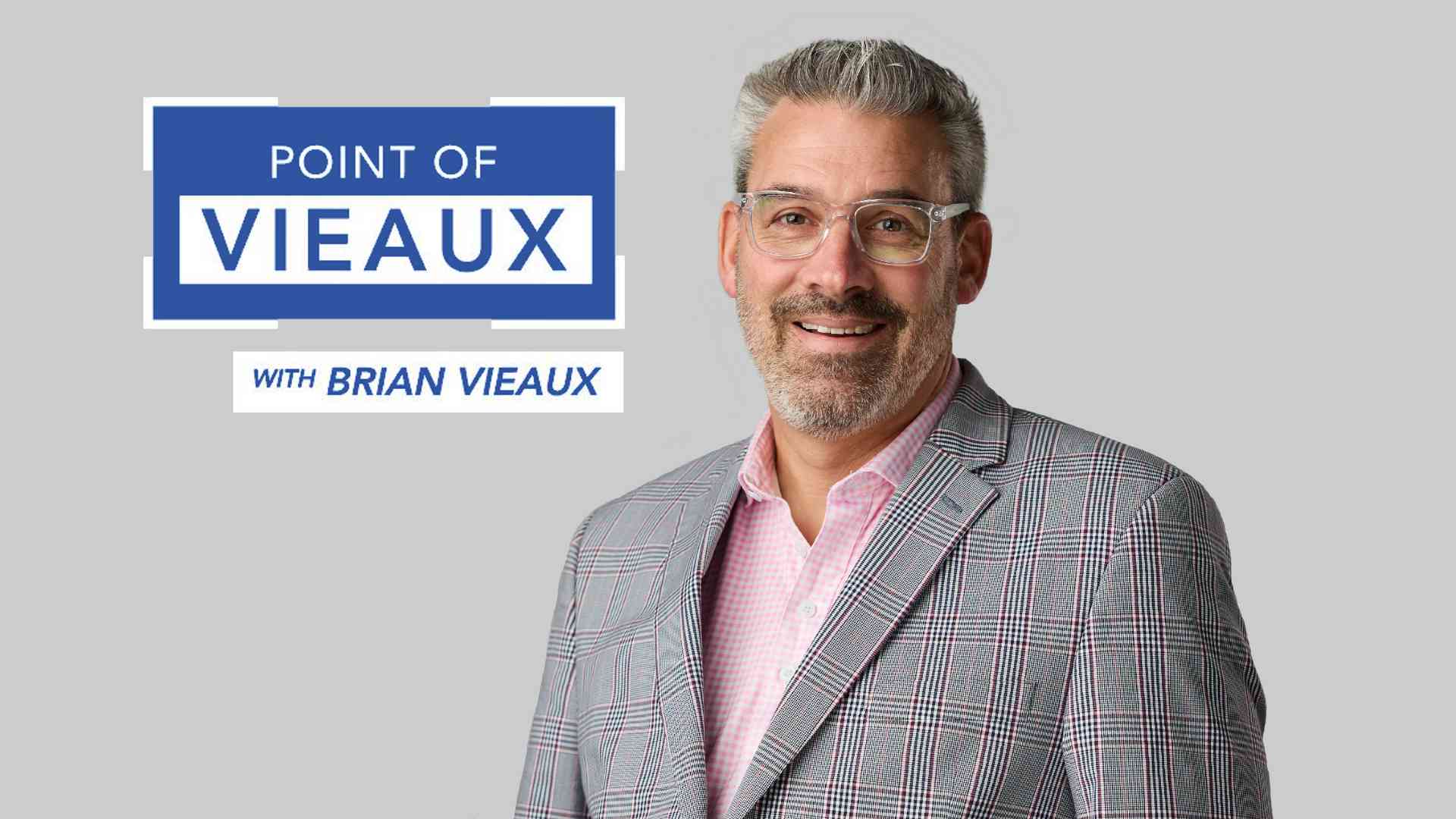The housing market remains saddled with affordability pressures, rate uncertainty, and geo-political headwinds. It’s far too easy to feel like the American Dream of homeownership is slipping further out of reach, especially for first-time buyers. But a quiet revolution is underway, one that blends cutting-edge technology with human-centered purpose. It’s not about replacing the mortgage professional. It’s about scaling their ability to serve more people with precision, relevance, and care.
At the heart of this transformation is FinLocker, a financial fitness and homeownership readiness platform trusted by lenders, brokers, banks, and fintechs alike. With the recent issuance of our eighth U.S. patent (US12288174B2), FinLocker has cemented its role as a leader in consumer-permissioned, AI-powered financial technology…technology that is not just smart but deeply personal.
The Power of Permissioned Data Meets AI
This latest patent protects systems and methods that give users enhanced visibility and control over financial workflows involving sensitive data. In simpler terms, it allows consumers to safely and securely connect their credit, banking, and other financial data and receive personalized, actionable guidance on their path to homeownership.
It’s not static content or generic advice. It’s a personalized, adaptive roadmap powered by artificial intelligence and driven by data that the consumer chooses to share. Think of it as a GPS for your financial life, with turn-by-turn directions that respond instantly to your credit, income, savings, or spending changes.
And critically, it doesn’t just work for the consumer. It creates a shared source of truth between borrower and lender, bridging the communication gap with transparency and efficiency while allowing the loan officer to focus on relationship-building and strategic advice.
Not AI Instead of Loan Officers…AI With Loan Officer in the Loop
Let’s address the elephant in the room. When most people hear “AI in mortgage,” they think of automation, chatbots, and call center replacement of the Loan Officer. But this patent and the product it supports tell a very different story.
FinLocker’s technology is not designed to replace the loan officer. It makes them more scalable, consistent, and valuable, especially at the top of the funnel. Early-stage buyers, those just beginning to consider homeownership, are often left without clear guidance or support. That’s where most traditional CRM or POS solutions fall short. They’re built for transaction-ready borrowers, not future homeowners.
This new patent protects the very capabilities that empower a different approach: a system that nurtures consumers from the ‘point of thought’ all the way through to mortgage readiness and beyond. It creates what I often call an “evergreen” engagement, one that doesn’t begin or end with a rate quote.
How It Works: Turning Data into Direction
Imagine a first-time buyer. Let’s call her Jasmine. She’s not quite ready to apply but is serious about preparing. With KeySteps, powered by FinLocker, Jasmine connects her accounts, enrolls in credit monitoring, and begins tracking her progress toward key milestones: credit improvement, savings goals, DTI targets, and even down payment assistance eligibility.
Behind the scenes, AI models interpret her data and generate a step-by-step plan that evolves as her situation changes. When her income increases, the system updates her budget. When a late payment hits her credit report, it flags it with context and recovery strategies. When she hits a milestone, like reducing credit card utilization, it celebrates the win.
For Jasmine, this isn’t just a tool. It’s a teacher, a coach, and a companion.
For her loan officer, it’s a powerful engagement platform that builds trust over time and delivers a well-prepared, well-educated borrower when the time is right.
Why This Matters Now
The issuance of this patent could not be timelier. According to Bankrate, the hidden costs of homeownership now average more than $21,000 per year. Many first-time buyers are blindsided by the reality that homeownership isn’t just about affording a mortgage; it’s about long-term financial sustainability.
Meanwhile, loan officers face their own headwinds: a compressed market, tight margins, and mounting pressure to do more with less. Scaling personalized engagement across hundreds (or thousands) of prospects feels impossible with traditional tools and methods.
This is where FinLocker’s innovation shines. By harnessing permissioned data and AI-driven personalization, the platform empowers consumers and lenders at the same time. It removes friction, reduces guesswork, and restores clarity to what is too often a confusing and opaque journey.
It’s not just fintech. It’s feel-good tech.
The People Behind the Patent
This milestone is not just about intellectual property; it’s about purpose. The patent represents the culmination of a journey that began nearly a decade ago when FinLocker’s Chief Technology Officer, Bryan Garcia, filed the first application to reimagine how consumers could control and understand their financial data. Today, that vision is realized through a dynamic platform that continues to evolve with the leadership of Chief Product Officer, Andria Thomas, who earned her second patent with this award, and the AI expertise of Princewill Okorie, who developed the models that interpret real-time financial data to recommend “next best actions.”
Their work affirms what many of us in the industry already believe: that innovation in housing must be human-first.
A Story of Hope
The housing industry is seemingly obsessed with volume and velocity. It’s easy to forget the human beings at the center of this process. They’re not loan numbers. They’re people with dreams. People like Jasmine just need a little more time, a little more education, and a little more support.
This patent represents more than a technical achievement. It’s a promise that the American Dream is still within reach with the right tools.
Because when we give people real control over their data, clarity in their planning, and encouragement along the way, they don’t just become buyers. They become confident, informed, resilient homeowners.
And that’s a future worth building.



